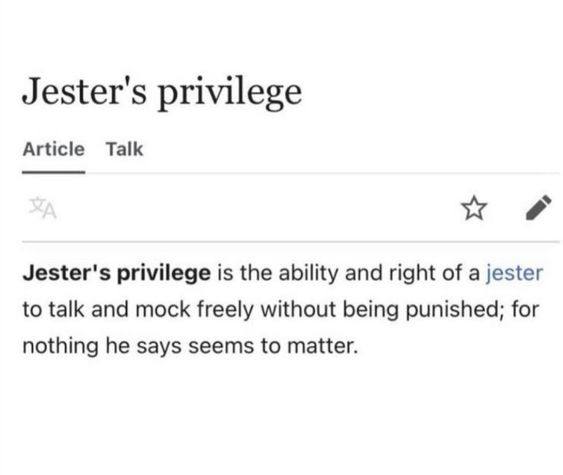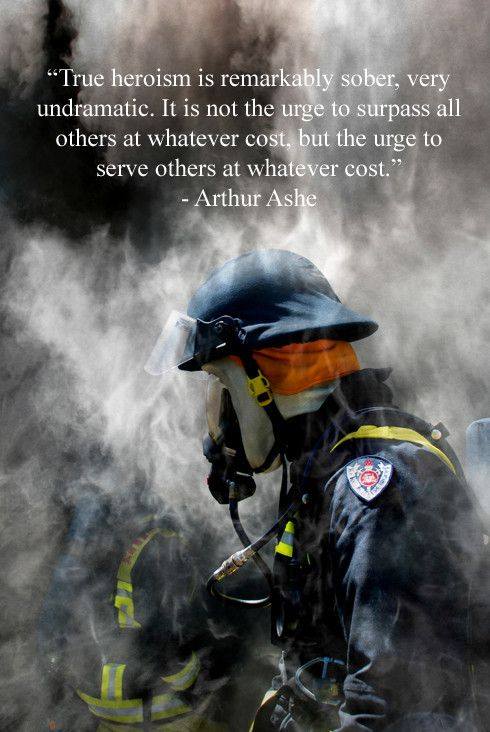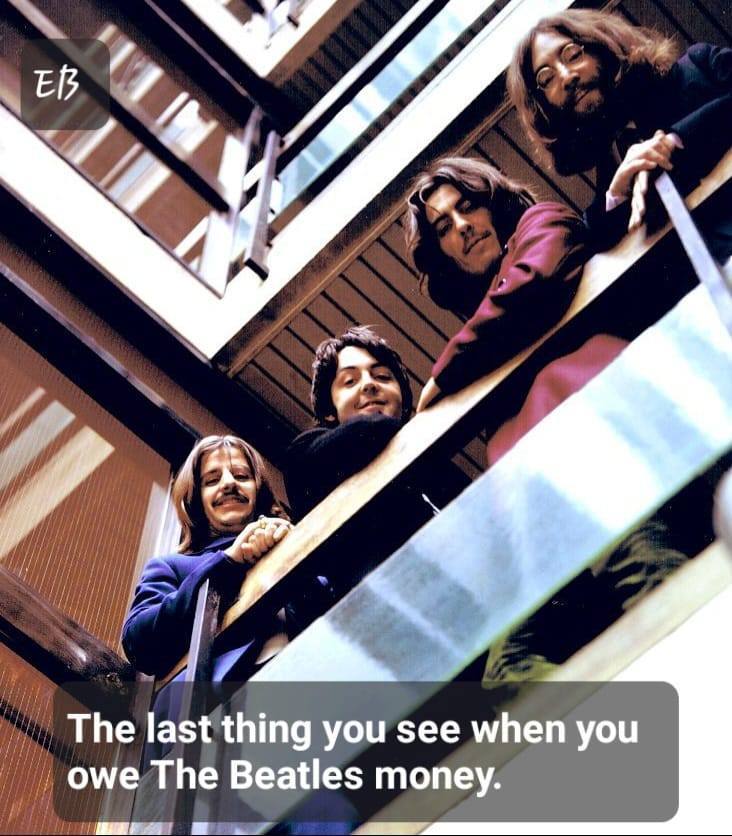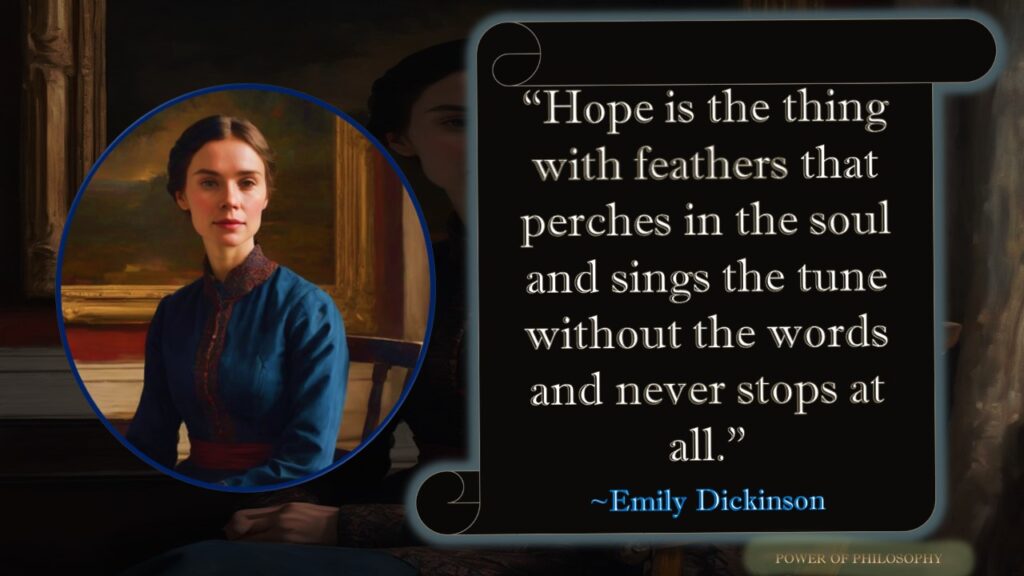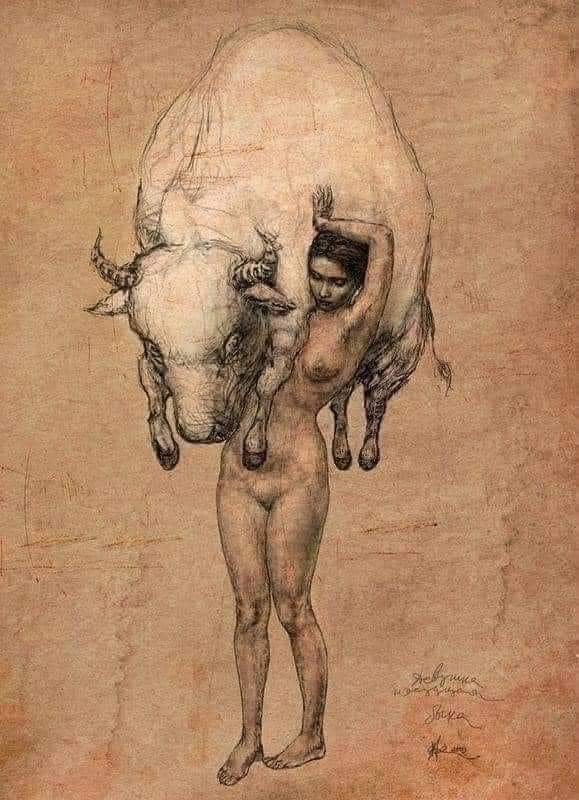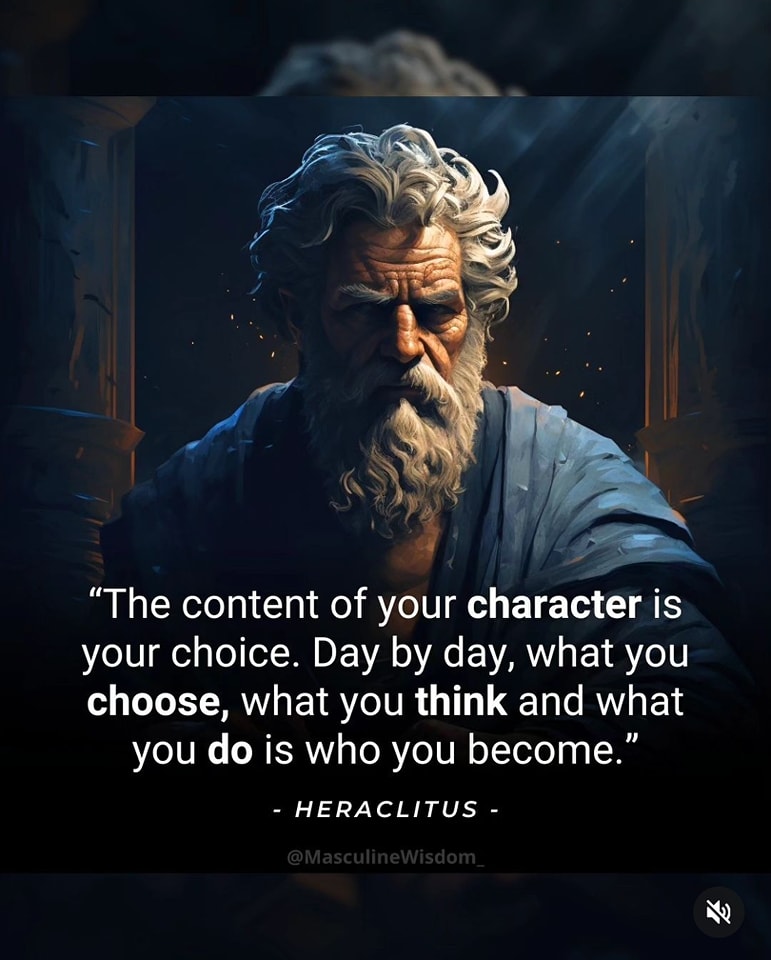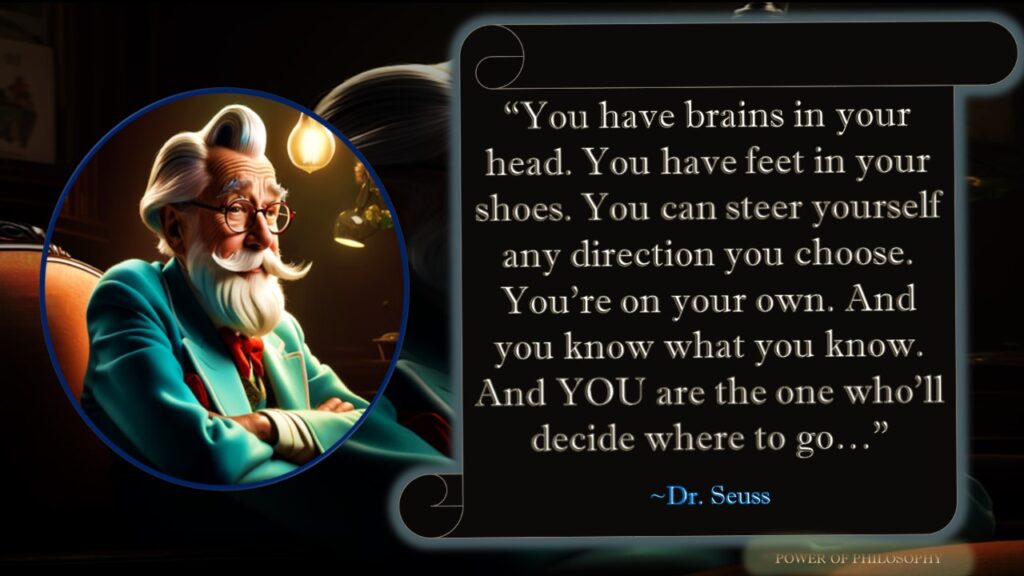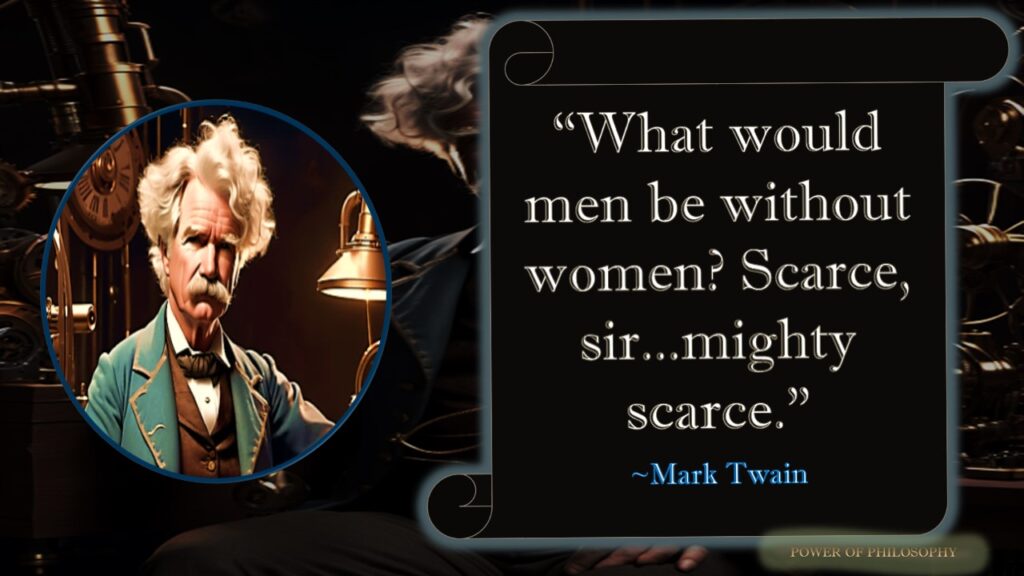Iggy knew there was something wrong. The connection he shared with Gretchen and by extension Frank, was like having a whole new sensory organ. It all depended on what he chose to focus on. If he thought about his legs, one heel dug into the floorboard, the other keeping time to the Talking Heads, then he very much felt like an anchor. There was a part of Gretchen reaching back and because he thought of it that way, he could see a shimmering hand clasped over his own – when he looked out the windshield he caught glimpses of what Gretchen saw.
Then he was gagging. Unable to breathe. Filled with a terrible rage that was also shame. He threw up in his mouth a little and spat out the window. For some reason he thought this was very funny. He started laughing. He laughed harder. He began to worry he wouldn’t stop.
And then he did. He heard Gretchen whisper in his ear that it was alright. And it was.
He felt serene. Otherworldly.
And then he started to scream.
Gretchen had never felt more powerful. She had done it. More than that, the hag took her. She was in some respects completely in control and in a very real sense utterly helpless. The choice of the crow was not hers. The milk carton was. She felt the wound close then he went dark to her, to that place only men go. She knew he would come back.
She did not expect to find herself in a hut opening a door to him and shouting.
And then the vase. She knew what it was. She knew what it meant. She was powerless to refuse it. The hag had been waiting so long. Gretchen shared her exultation. After all these millenia.
When Frank recognized her, she revealed herself without thinking, joyous with revelation and triumph, both hers and his.
His mind came apart. It was too much. A psyche can only take so much.
She fucked up. The hag cared not. She shoved the hag. Hard. With everything she had and clung to him. The hag smiled. Gretchen did not know if that was a good thing or not.
She had spoken the words of binding and she thought this gave her a chance. She was also at the height of her power and she was determined to bring him back whole. She needed help. He would provide it.
Gretchen dove into his mind giving intuition its reign. Perfect.
The good doctor is exactly what he needed. She sent him to class.
He saw Gretchen. How? How could she. The crow. Was it? NO. IT WASN”T. NEVER THERE> NEVERYH TGHEIHREHNENR
And then he was in the hallway. He wasn’t late yet. He scooted in and found a seat. He liked this professor. He was one of his favorites.
Prof Jung:
That is the hero again. The snake always means resurrection on account of shedding its skin.
According to an African myth, there was no death on earth originally; death came in by mistake.
People could shed their skins every year and so they were always new, rejuvenated, until once an old woman, in a distracted condition and feeble-minded, put on her old skin again and then she died.
That is the way death came into the world.
It is again the idea that human beings were like snakes originally: they did not die.
It was a snake that brought the idea of death to Adam and Eve in Paradise.
The snake was always associated with death, but death out of which new life was born.
But what is that definite symbol? A great deal has been said about it lately.
Miss von Franz: The Ouroboros.
Prof Jung: Exactly. The tail eater, or the two animals that devour each other. In alchemy that is represented in the form of the winged dragon and the wingless dragon that devour each other, one catching the tail of the other and forming a ring.
The simplest form is of course the dragon or the serpent that bites its own tail, so making the ring; the tail is the serpent and the head is as if it belonged to another animal.
The same idea has also been expressed by two animals, the dog and the wolf, devouring each other, or the winged and the wingless lion, or a male and a female lion, always forming a ring, so that one cannot see which is eating which.
They are eating each other; both destroy and both are destroyed.
And that expresses the idea that once the hero eats the serpent and once the serpent eats the hero.
You see, in these Gnostic rituals, or the ritual of Sabazios, man is superior to the serpent in a way-he makes use of the serpent.
That the golden snake descends through the body of the initiate means that the initiate asserts himself against the divine element of the snake: he is then a sort of dragon that eats or overcomes the other dragon.
So it is one and the same symbolism whether expressed in this form or that.
In primitive myths it is usually the dragon that devours everything.
Even the hero, who by sheer luck and at the last moment succeeds in destroying the monster that has eaten him, cannot overcome the monster by a frontal attack, but he is able to defend his life and destroy the monster from within by the peculiar means of making a fire in its belly.
Fire is the artificial light against nature, as consciousness is the light which man has made against nature.
Nature herself is unconscious and the original man is unconscious; his great achievement against nature is that he becomes conscious.
And that light of consciousness against the unconsciousness of nature is expressed, for instance, by fire.
Against the powers of darkness, the dangers of the night, man can make a fire which enables him to see and to protect himself. Fire is an extraordinary fact really.
I often felt that when we were travelling in the wilds of Africa.
The pitch dark tropical night comes on quite suddenly: it just drops down on the earth, and everything becomes quite black.
And then we made a fire.
That is an amazing thing, the most impressive demonstration of man’s victory over nature; it was the means of the primitive hero against the power of devouring beasts, his attack against the great unconsciousness, when the light of consciousness disappeared again into the original darkness.
Now, in the alchemistic symbol of the two animals that devour each other, that peculiar functional relationship of man’s conscious to the natural darkness is depicted, and it is an astonishing fact that such a symbol developed in a time when the idea of the manifest religion was that the light had definitely overcome the darkness, that evil-or the devil-had been overcome by the redeemer.
In just that time, this symbol developed, where darkness and light were on the same level practically; they were even represented as functioning together in a sort of natural rhythm.
Like the operation of the Chinese Yin and Yang, the transformation into each other, being conceived and born of each other, the one eating the other, and the one dying becoming the seed of itself in its own opposite.
This symbol of the Taigitu expresses the idea of the essence of life, because it shows the operation of the pairs of opposites.
In the heart of the darkness, the Yin, lies the seed of the light, the Yang; and in the light, the day, the Yang, lies the dark seed of the Yin again.
This is often represented in the East as two fishes in that position, meaning the two sides or the two aspects of man, the conscious and the unconscious man.
Now this preparation should make us understand the situation of the shepherd and the serpent.
What does it mean in the psychology of Nietzsche-Zarathustra that he suddenly discovers that shepherd in deadly embrace with the serpent?
He is apparently swallowing the snake, but the snake is attacking him at the same time, penetrating him.
Why such an image, or symbol, at this place?
You remember in his discussion with the dwarf just before, the dwarf was already the chthonic power.
~Carl Jung, Zarathustra Seminar, Pages 1286-1287.
He felt much better. He thought he would skip his next, go to his apartment and catch a nap. Maybe later he would see Gretchen at the library. That sounded good. He almost thought it was her. If only she had dark hair.
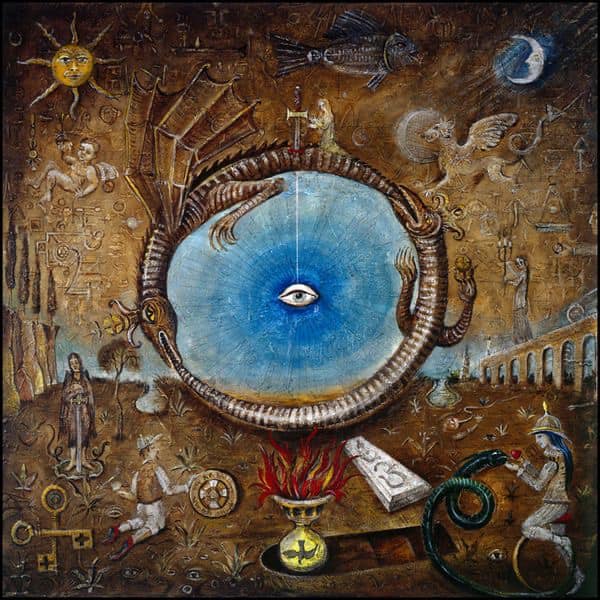
the i of the radio by Vasily Kafanov

